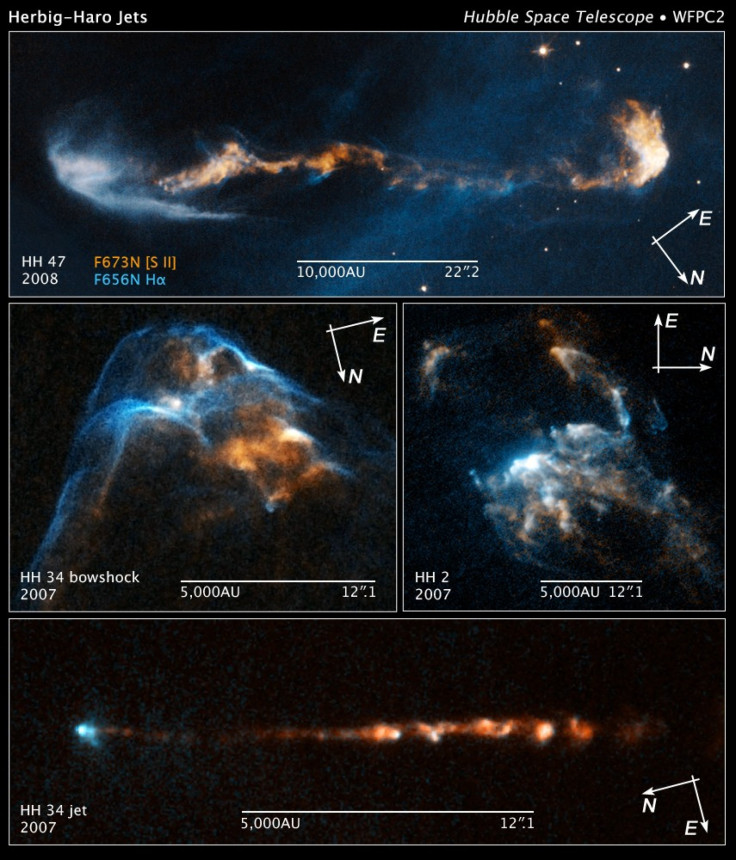Organic Compounds in Cosmic Dust Discovered: Evidence of Life in Outer Space?

According to scientists at Hong Kong University, a new discovery indicates that star dust may have played a vital role in the development of life on our planet. Professor Sun Kwok and Dr. Yong Zhang from the Department of Physics led the research at the university.
Because organic compounds associated with organisms are so frequently found in star dust, the team set out to investigate these complex organic molecules. Their findings suggest that organic matter can indeed be created and exist throughout space, even in the absence of life.
They believe these compounds are a product of exploding stars nearing the end of their lives. The dust they leave behind, therefore, exits into space and can often become a building block to new solar systems.
Until now, we were under the impression that the Earth's formation happened when meteorite showers impacted the planet, a period known most commonly as the Late Heavy Bombardment. The new study thus supports that those meteorites bombarding Earth contained organic dust. Although further studies are needed, this breakthrough indicates a high possibility that organic compounds played an important part in the development of life on Earth.
Professor Sun Kwok and Dr. Zhang's team examined light-pattern signatures and looked at emissions from exploding stars. They were able to see rapid dust production with their spectra changing from pure gas to dust a days or weeks, Dr. Kwok says.
The real question they want to answer is how stars were able to produce so rapidly such complex organic matters under rather unfavorable conditions.
The lead author of this study, Dr. Kwok was also a professor at the University of Calgary and has guest observed at many space and ground-based telescopes like the Hubble Space Telescope. Author of two books and over 250 published articles, Kwok says they will continue analyzing infrared observations in order to further investigate the chemical structures of organic star dust. They want to focus on precisely how and why these stars can produce organic dust.
© Copyright IBTimes 2025. All rights reserved.





















